This post my fourth part in a series on a new style of travel in Tuscany, slow. Lucky enough to be led by the fantastic couple at Km Zero Tours, where the Chianti natives teach you about real, small and genuine producers from the region. This post spotlights the small organic wine producers that make delicious Chianti Classico. For more articles see the links at the end of this post.
Tuscany Wine Tour at Villa del Cigliano Chianti Classico
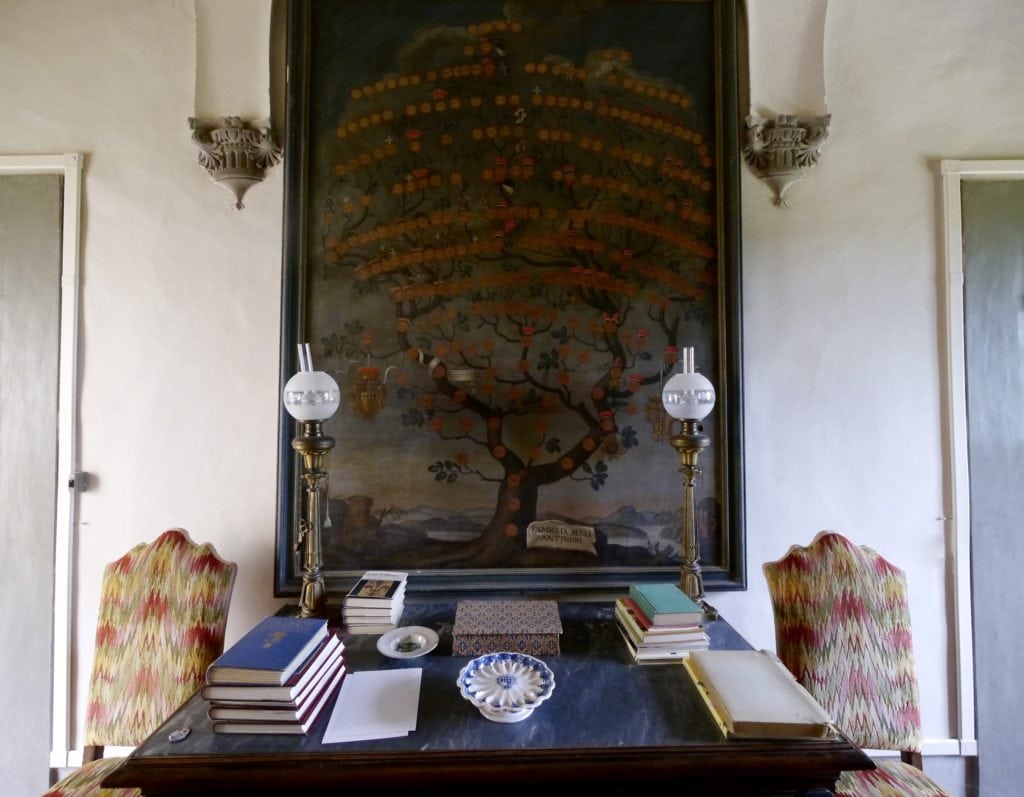
Any Tuscany wine tour will unavoidably include high-quality Chianti Classico wines and the Antinori name. Antinori is the world’s 10th oldest business that has remained in the hands of one same family and was also the main character in Robert Parker’s “Super-Tuscan” wine revolution which took Tuscany by storm in the 70s.
The family’s wine tradition can be traced back to the 1385 when Giovanni di Piero Antinori joined the Guild of Winemakers in Florence. Today, its state of the art winery is a must-visit for mostly anyone coming to Tuscany for a wine tour.
But in a family with such long wine tradition, there are also several family branches. This is the case of Cigliano Chianti Classico wines and Villa del Cigliano, a fantastic Medieval villa in the term of San Casciano in Val di Pesa, about 20min from Florence.
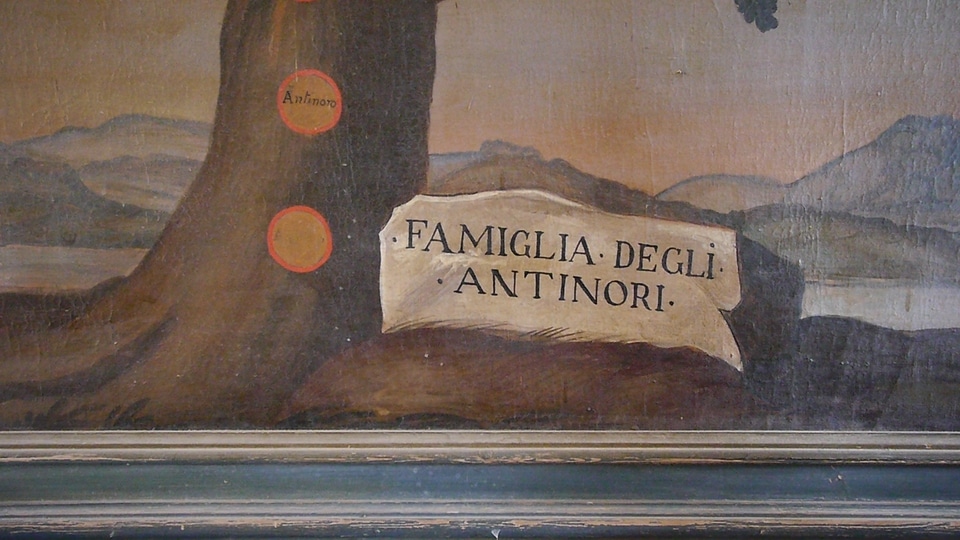
Villa del Cigliano has been in the Antinori family since the 15th century when Alessandro di Niccolò Antinori bought it. The Villa reflects renaissance architecture and design inside with Baroque influences outside and is a vivid example of old Tuscan living with the villa and the wine and olive oil farms perfectly integrated.
In the basement of the villa, the old cellars used to age wine are still in use. The villa and cellar has been in the family ever since and are today protected by the Ministry of Culture and Environment. The family has been producing Chianti Classico wines during all this period in their 25 hectares of vineyards.
Garden tour of Villa del Cigliano
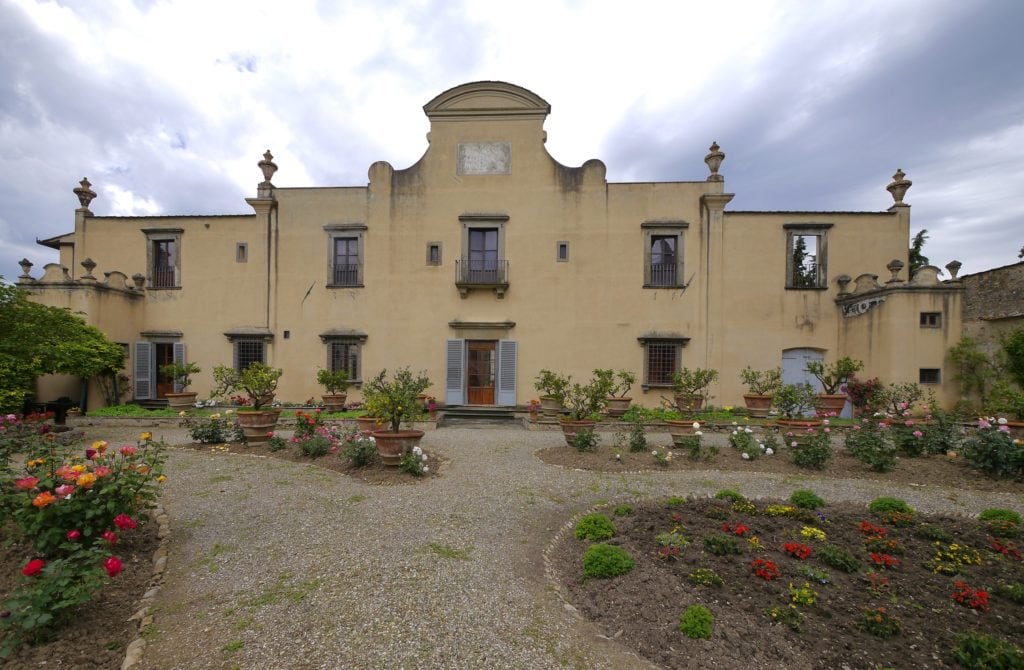
We met with Anna, the mother of Niccolo and Elisabetta Montecchi, the current wine makers of Cigliano, who took us around her own home showing us the details of the architecture and sharing her life and past with us. Anna had a fascinating life full of stories. She traveled across the world well before planes were ubiquitous thanks to a diplomat father. She shared stories of a 60s Mexican road trip. The house was a fine example of Medieval country villas in the typical Renaissance style with arched ceilings and colourful furniture.
But, as beautiful as the villa was, the magnificent garden stole the show. From the outside, the tall walls did not let in on the incredibly beautiful garden inside. Contained between two facades, the back facade to the main building and a facade decorated with a Neptune fountain, the area dates from 1699, during the Baroque time, when this part was added to the main Villa.
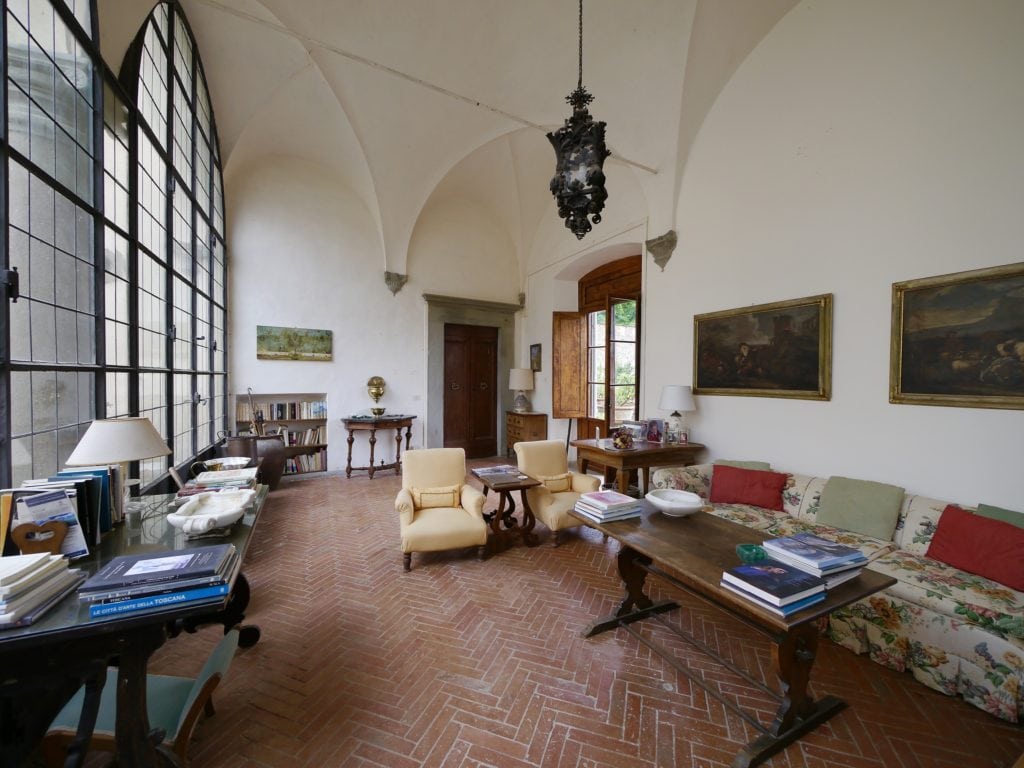
At that time, constructions were made to be perfectly symmetrical so there was the need for a fake wall and window on the right hand side of the facade to simulate the same shape on the left. The garden was beautifully dotted with roses and other flowers which were in bloom. Lemon trees in private gardens were made fashionable by the Medici Family, but because the weather was too cold for them in Tuscany, they had to be grown in pots so they could be brought inside during the winter months. Anna had a few of such lemon trees in between the roses.
The fragrance of the lemon flowers permeated the air as we walked on pebbled paths flanked by flowers of all colours and pots with wild strawberries, the ones I had only ever seen back home in Spain before, sweeter, soft and delicate.
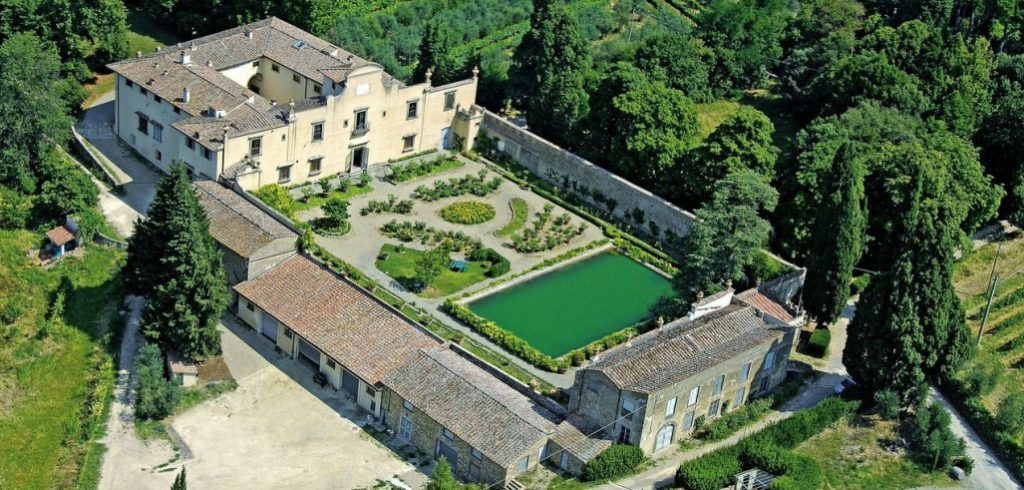
The outer facade was covered with a Neptune fountain especially designed by Italian Renaissance ceramic artist Giovanni della Robbia. The fountain was still in use and of an incredibly detailed design with seashells and codes of arms of the Antinori and Tornabuoni families. A large pond acted as a summer swimming pool and was an ornamental element added to act as a mirror to the main facade.
On the fountain, Neptune is surrounded by goats and frogs, snails, terracotta jars, two grotesques faces and three smiling monsters. The fountain was restored five years ago.
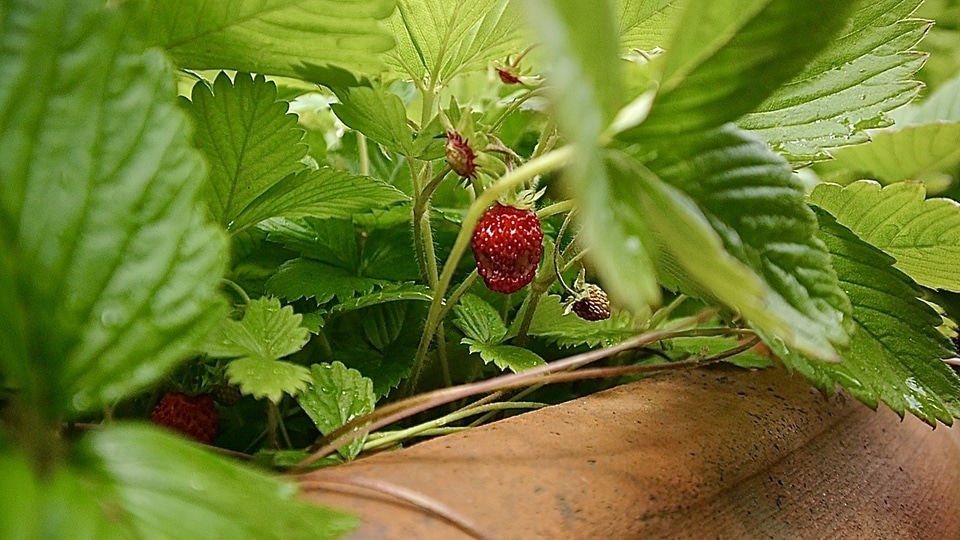
At the end of the garden, there was a warehouse used to store the lemon trees and to make Vinsanto. Vinsanto used to be the holy wine used in the church and is still today considered the wine maker’s most precious wine given its very low production.
The room served as the hanging place for Malvasia grapes which are left to dry for a few months until they become raisin-like. It is because the wine is made with extremely dried fruits that the production is very low so finding authentic Vinsanto for sale is rare.
Wine tour of Cigliano Chianti Classico
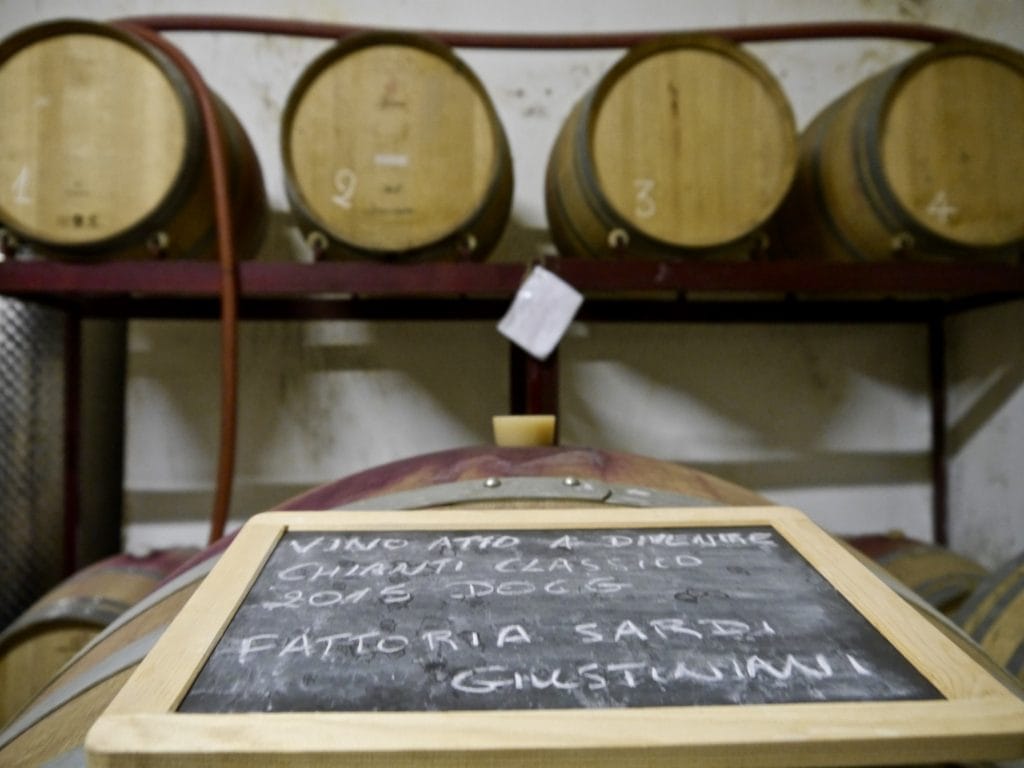
Aside from a wonderfully personal visit of the villa, we also got a tour of the original Chianti Classico winery and cellar.
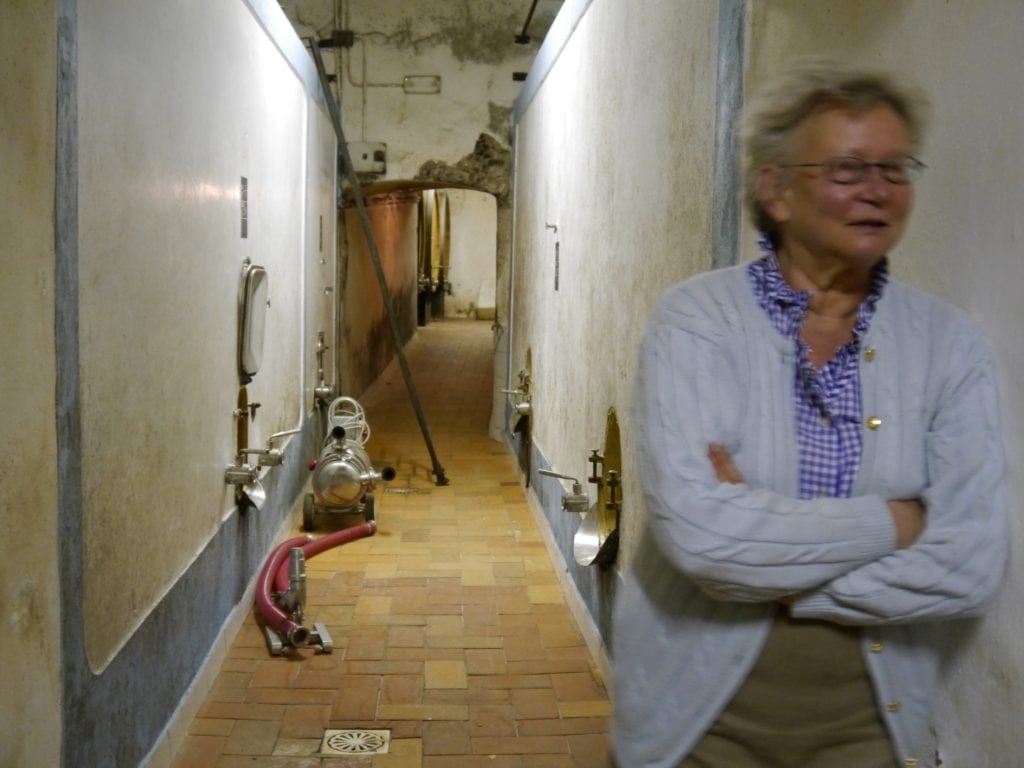
Chianti Classico wines are strictly controlled and the black rooster label that defines and differentiates them is only given in the exact amount of bottles that each winery produces, after testing samples of the wine are endorsed by the authorities, to ensure the blends and the characteristics are maintained.
The black rooster emblem comes from a legend retold by everyone. The legend states that, in old times, Siena and Florence has to decide the border between the two provinces and that it was agreed that a horseman would depart at sunrise from both cities and where the horsemen would meet the border would be drawn.
The horsemen were supposed to depart as soon as their respective roosters would sing to the morning sunrise. It is said that the Florentine decided to feed the rooster extra to make sure that he would sing loudest and hence would be heard by the horseman earlier.
The Sienese decided to take the opposite approach, starving the rooster and keeping him in the dark so that he would be more eager to sing. When the sun came up, the Florentine rooster was stuffed and full and took longer to wake up whereas the horseman from Siena departed earlier, at the crack of dawn. This is why
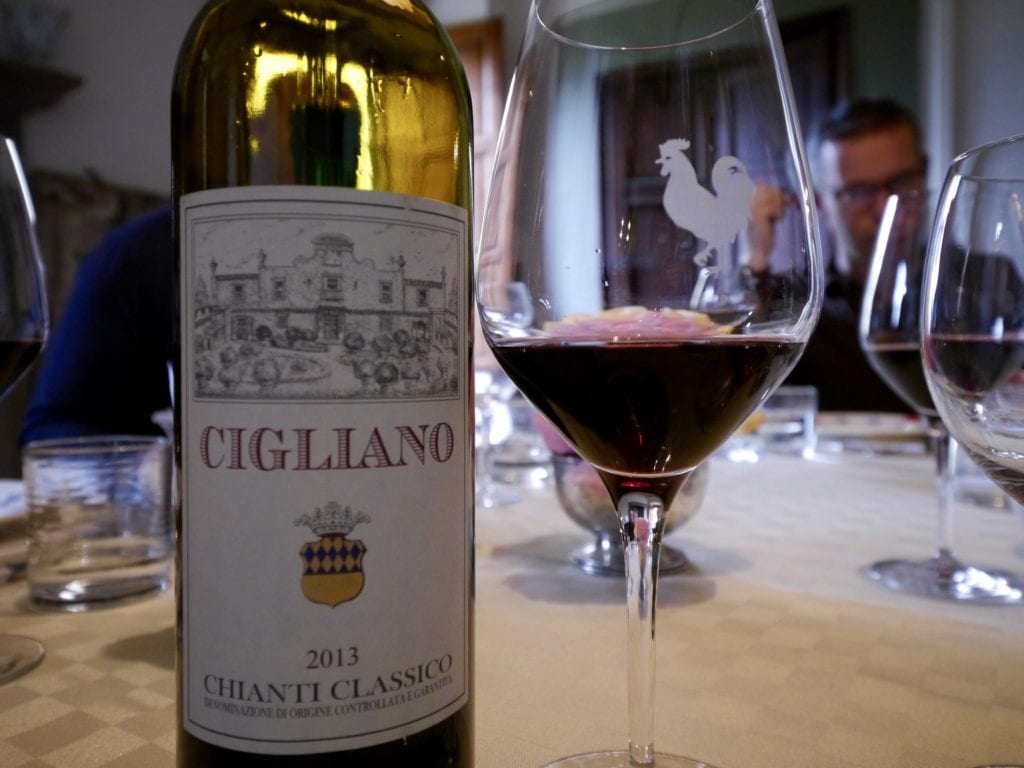
Traditionally and historically, since the 1800s, Chianti wines were made with Sangiovese, Canaiolo, Trebbiano and Malvasia. The inclusion of the latter two, white wine varieties, was usually to offset the mild and sometimes insipid taste of the Sangiovese grapes.
These varieties were usually planted in the same vineyard together to facilitate the blending. Niccolo explained that some winemakers are retaking this practise today, though in very small quantities where the white grapes account for less than 3%.
As the Chianti region expanded in the 20th century, the rules became less clear and the Chianti Classico Appellation came under threat as lower quality wines were produced and up to 30% of white varieties were allowed in the red wines.
After mass production and drops in quality threatened the Chianti name, the Chianti Classico and the Chianti Appellations became DOCG, with a guarantee of quality and the amount of white grape that could be included dropped to 2%. Controls became stricter and more clear.
Today, Chianti Classico wines can only be produced in the Chianti region whereas Chianti wines can be produced in a larger area outside of Chianti.
As a result of the tighter controls, another trend also emerged, Super-Tuscan wines. Super-Tuscan wines were born in the 70s when wine makers in the coast started to produce high-quality and expensive wines which were falling under the IGT appellation because they were using foreign grapes varieties, Bordeaux-style, and hence were not complying with the locally accepted styles of Chianti or Chianti Classico.
Because traditionally, IGT wines were considered of lower quality to DOCG, Robert Parker and other wine critics discovered these high quality foreign variety wines and started to call them Super-Tuscan instead. Wines that are made in the Super-Tuscan style are not labelled as such, one just knows because of the grape varieties used and their origin. In terms of appellation, these wines are simply included in the IGT appellation.
Lunch at Villa del Cigliano
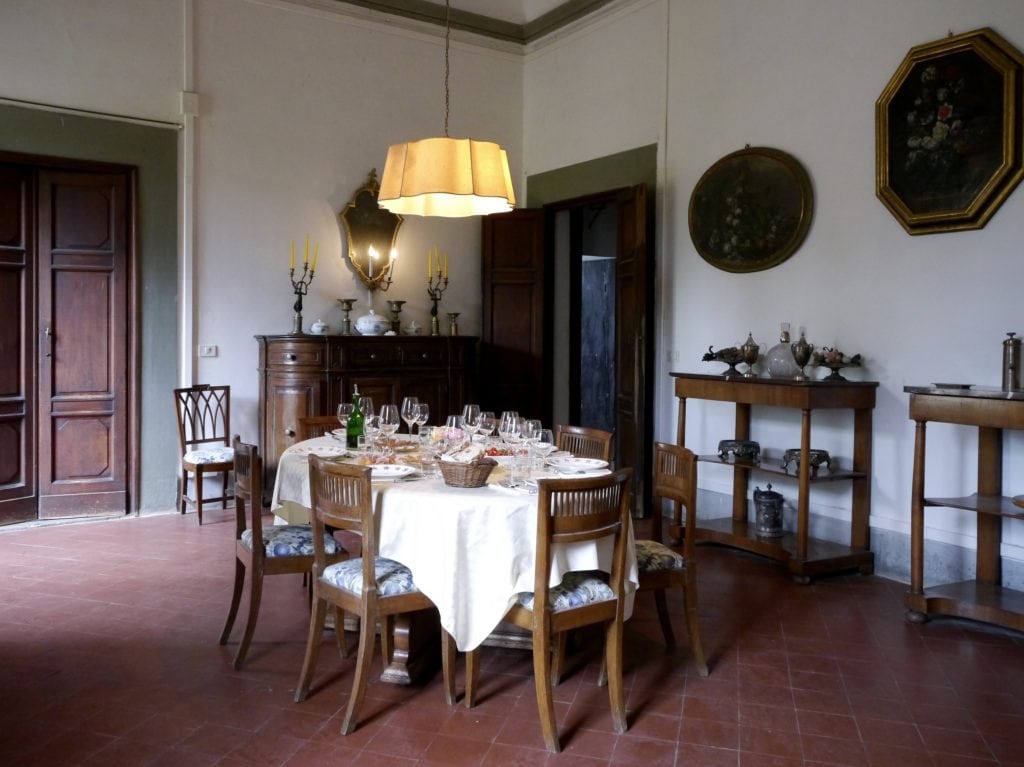
Lunch included several appetisers with crostini spread with a layer of chicken liver pate and vegetable mixtures made from dried tomato to aubergine. There was the saltless Tuscan bread, which we had to generously drench in the family’s premium olive oil to taste. Delicious.
Lunch was paired with Cigliano’s wines which Niccolo opened and poured for us. We dined in the family’s dining room, with views over the garden. If the weather had been a bit more agreeable, we would have dined under the vines, in the garden.
We started with a tasting of the fun side of the winery, the younger and fresh rose Sangiovese wine, “Demode”, which had a fruity and more intense flavour.
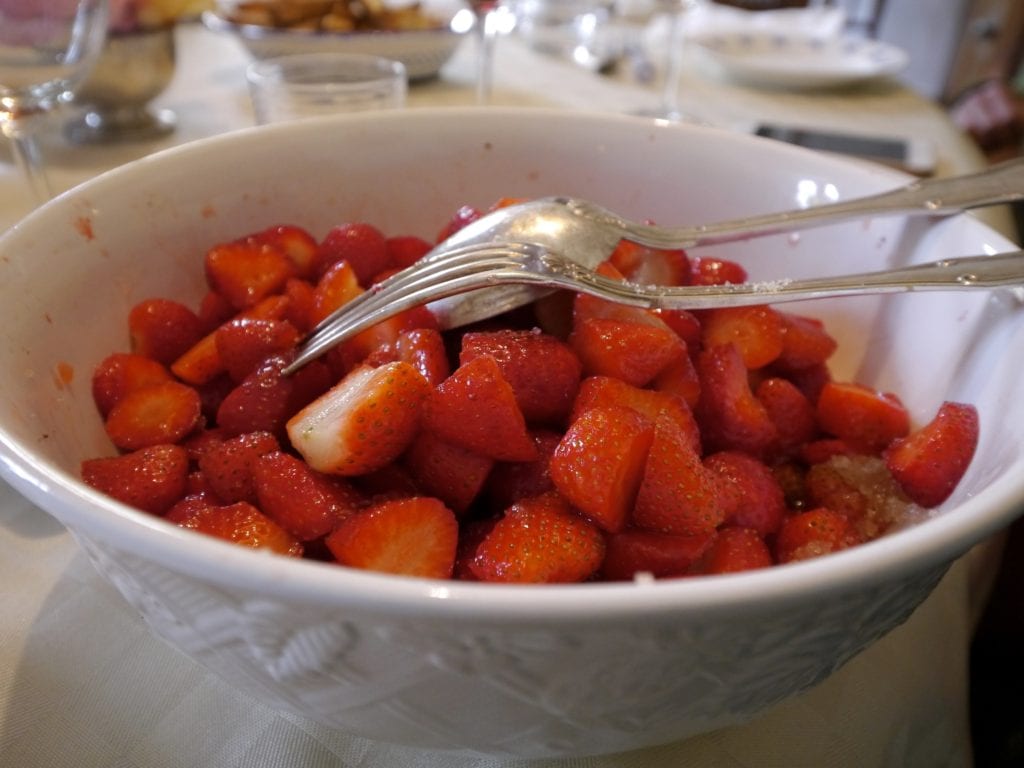
The main course included a delicious and home-made, wonderfully silky ravioli pasta filled with pumpkin and radish, and sprinkled with parmesan cheese which was paired with one of the family’s traditional Chianti Classico wines.
Niccolo believed that the traditional Chianti Classico wines should be of lower alcoholic levels and softer taste and should be easy to drink with Italian food. Making such simple wines is more difficult than using aging in barrel to mask the properties of the fruit and produce complex wines.
The pasta was served with a tasting of some of the other red wines. A 2013 Chianti Classico made of the traditional Sangiovese 90%, Canaiolo 5% and Colorino 5% blend. Colorino brings about the colour and Canaiolo the aromas that Sangiovese lacks.
Sangiovese is a difficult variety so both grapes were contributing a bit more complexity to the grapes and were, historically, planted in the same vineyard as the Sangiovese. Niccolo instructed us to the Chianti Classico traditions. He strongly believes that traditions need to be preserved so he does not encourage the 100% Sangiovese wines that are today fashionable.
However, innovation and research is still his top of mind so he does test other blends between the grapes. The Reserva wines were also great and did convey the sense of tradition that he so strongly believes in.
Although not yet certified, Niccolo is working to make the vineyards and winery organic and he is actively involved in preserving ancient Chianti traditions. In the cellar, we see the common glass bottles covering the barrels to ensure they are always filled to the top. He has also started to use again the cement vats.
Tuscany wine tours, Chianti Classico and Cigliano’s future
As we left the property, surrounded by its own vineyards and olive trees, I couldn’t help but feel happy that Anna had managed to transmit the family’s passion for keeping traditions and continuing with the wine making business to Niccolo and that the same love for the land and for a long-lost way of life was alive in him, as it had once been in Anna.
Tuscany wine tours may often take visitors to the more famous, larger and more pompous wineries, but visiting those that are smaller and more rooted on the land, where the owners and wine makers still get their hands dirty during the harvest gives a much greater and deeper insight into the love and appreciation for a bottle of wine one can never get at a factory-style winery where the wine maker simply gives orders but never gets dirty.
- Check if you need a visa, get help processing it at iVisa.
- Never ever leave without travel insurance. Get affordable coverage from World Nomads or long term insurance from Safety Wing.
- I find all of my flights on KAYAK. Check their Deals section too.
- Search for all your transportation between destinations on the trusted travel booking platform Bookaway.
- I book all my day trips and tours via GetYourGuide, they are the best and their tours are refundable up to 24h in advance.
- Get USD35 off your first booking with Airbnb.
- Compare hotels EVERYWHERE at HotelsCombined and book with Booking.com.
- Compare car rental prices at Rentalcars.com
